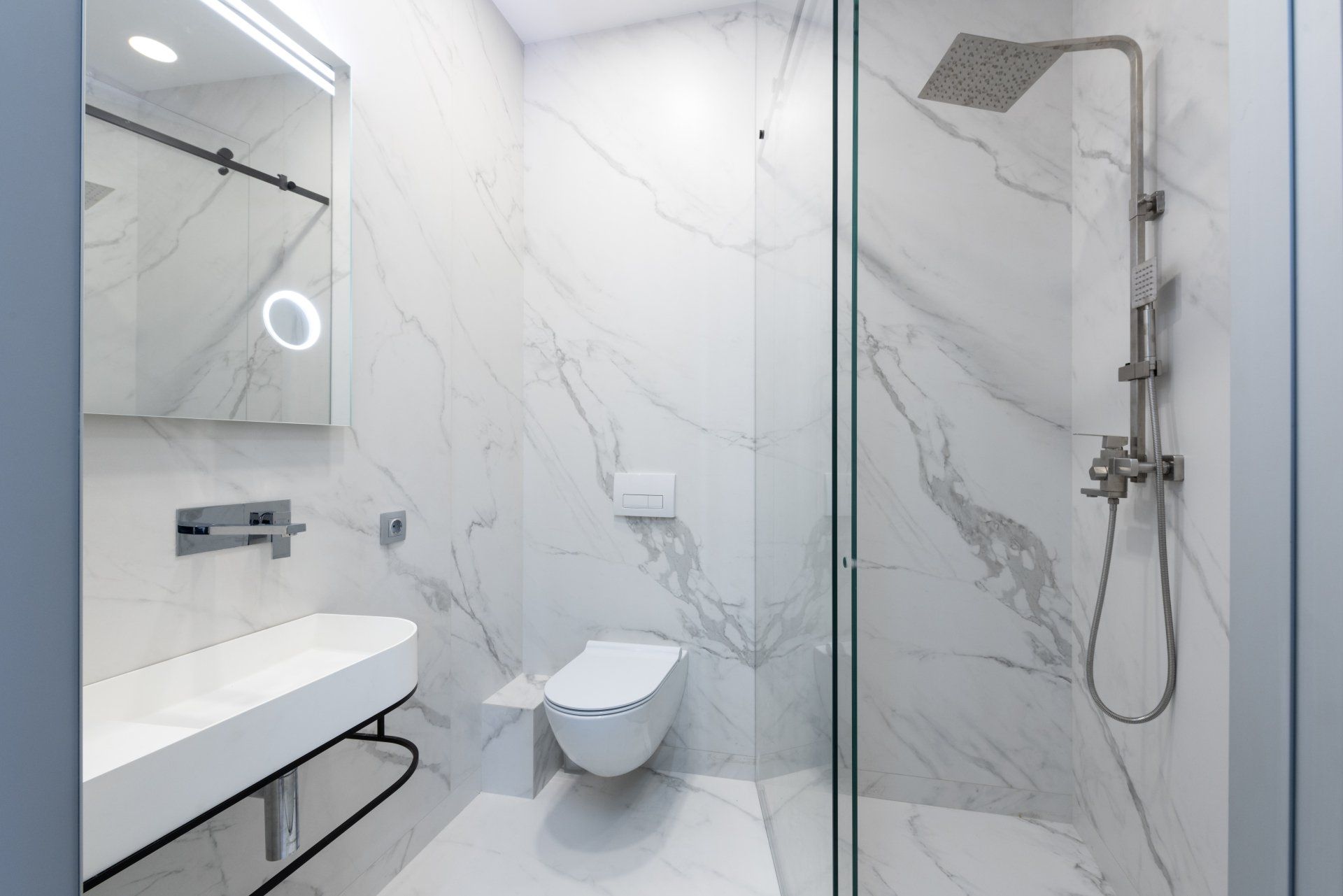How to Add a Bathroom to Your Basement: A Comprehensive Guide
Adding a bathroom to your basement can be a game-changer for your home. It not only increases the value of your property but also provides additional convenience for you and your family. However, the process of adding a bathroom to your basement involves careful planning, plumbing knowledge, and adherence to local building codes. This comprehensive guide will walk you through the steps needed to successfully add a bathroom to your basement. Whether you're looking to do a bathroom renovation in Northampton or to add a bathroom to your East Longmeadow basement, these tips and tricks will apply to any location.
Step 1: Assess Your Basement's Suitability

Before you start planning the details, you need to assess the suitability of your basement for a bathroom. Consider the following factors:
- Plumbing: Check if your basement has existing plumbing that can be used or if new plumbing needs to be installed.
- Electrical: Ensure that there is a sufficient electrical supply to the basement to support the bathroom's needs.
- Space: Measure the available space to determine the size and layout of your bathroom.
Local Building Codes: Check with your local building department to see if there are any specific requirements or restrictions for basement bathroom additions.
Step 2: Plan Your Bathroom Layout
Once you have determined that your basement is suitable for a bathroom, you need to plan the layout. Consider the following:
- Bathroom Size: Decide on the size of your bathroom based on the available space and your needs.
- Bathroom Components: Choose the bathroom components you want to include, such as a toilet, sink, shower, and bathtub.
- Plumbing and Electrical: Plan the placement of plumbing and electrical fixtures, taking into account the existing infrastructure in your basement.
- Ventilation: Ensure that your bathroom has adequate ventilation to prevent moisture buildup and mold growth.
Step 3: Obtain the Necessary Permits
Before you start any work, make sure to obtain the necessary permits from your local building department. This will ensure that your project complies with local building codes and regulations.
Step 4: Install the Plumbing
Installing the plumbing for your basement bathroom is a critical step that should be done by a professional plumber. They will ensure that the plumbing is installed correctly and meets all local building codes. This includes:
- Drainage: Installing the necessary drain pipes for the toilet, sink, and shower/bathtub.
- Water Supply: Running water supply lines to the toilet, sink, and shower/bathtub.
- Ventilation: Installing the necessary vent pipes to ensure proper drainage and prevent sewer gases from entering your home.
Step 5: Install the Electrical Wiring
The next step is to install the electrical wiring for your bathroom. This should also be done by a licensed electrician to ensure that it is done safely and correctly. They will install:
- Lighting: Install the necessary lighting fixtures for your bathroom.
- Power Outlets: Install power outlets for your bathroom appliances, such as a hair dryer or electric shaver.
- Ventilation Fan: Install a ventilation fan to help remove moisture from the bathroom.
Step 6: Install the Bathroom Components
Once the plumbing and electrical work is complete, you can start installing the bathroom components. This includes:
- Toilet: Install the toilet according to the manufacturer's instructions.
- Sink: Install the sink and connect it to the water supply and drainage pipes.
- Shower/Bathtub: Install the shower or bathtub and connect it to the water supply and drainage pipes.
- Flooring and Walls: Install the necessary flooring and wall materials, such as tile or waterproof drywall.
Step 7: Finish the Bathroom
The final step is to finish the bathroom by adding the finishing touches, such as:
- Paint: Paint the walls and ceiling with a moisture-resistant paint.
- Trim: Install the necessary trim, such as baseboards and door casings.
- Mirror: Install a mirror above the sink.
- Accessories: Add bathroom accessories, such as towel bars, soap dispensers, and toilet paper holders.
Adding a bathroom to your basement can be a complex project, but with careful planning and professional help, you can successfully add a bathroom to your basement. Not only will it increase the value of your property, but it will also provide additional convenience for you and your family.
Leave it to the Pros: Why Dave Davidson Remodeling Should Handle Your Bathroom Renovation
Adding a bathroom to your basement is no small feat—it requires a significant amount of technical knowledge, skill, and experience. That's where professionals like Dave Davidson Remodeling come into play. Specializing in turning your basement bathroom dreams into reality, they bring a level of expertise and precision that DIY efforts simply cannot match. From navigating complex plumbing layouts to ensuring all electrical installations are safe and up to code, their team handles every aspect of the renovation with utmost care. Furthermore, by choosing Dave Davidson Remodeling, you can avoid the common pitfalls that often accompany such extensive projects, ensuring your new bathroom is not only beautiful but functional and compliant with all local building regulations. Leave the heavy lifting to the professionals and enjoy the peace of mind that comes with knowing your project is in the best hands.
Dave Davidson Remodeling is an expert bathroom remodeler, serving Western Massachusetts. Whether you're looking to install a new bathroom in Northampton or you're searching for a bathroom remodeling contractor in Wilbraham, MA, Dave Davidson Remodeling is your go-to team for all things basement bathroom renovation. Get a free quote online today!
